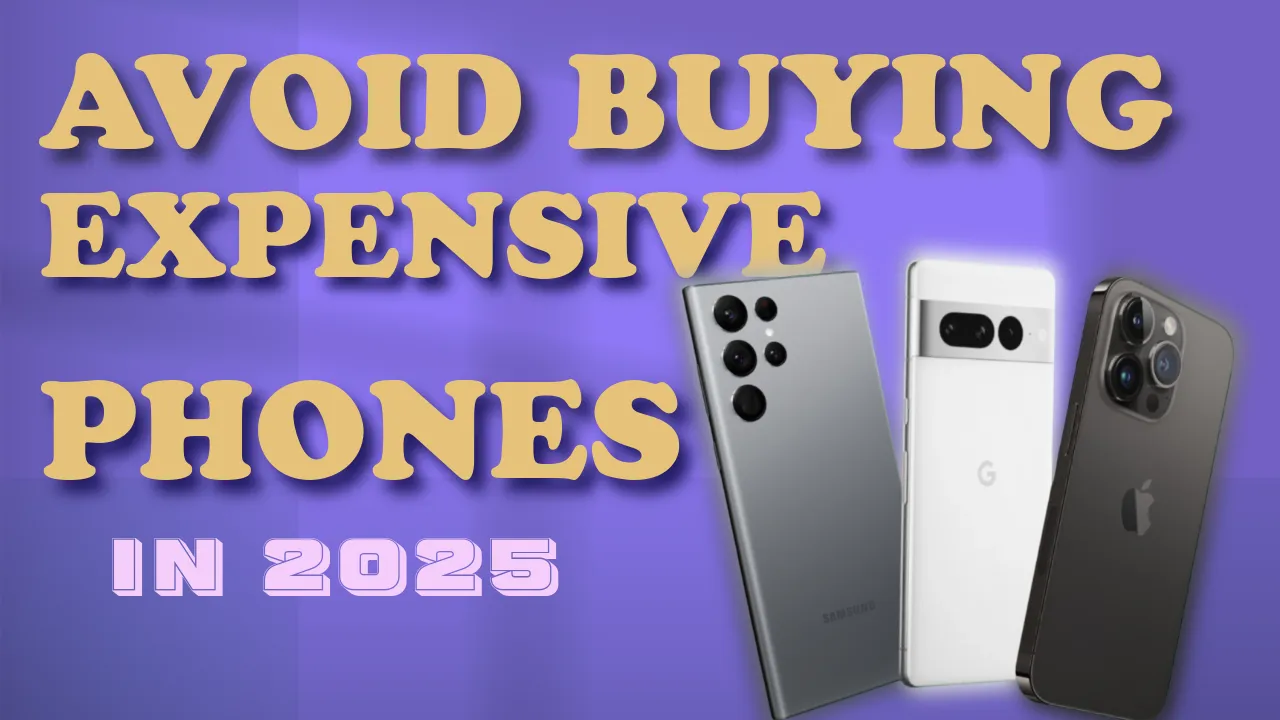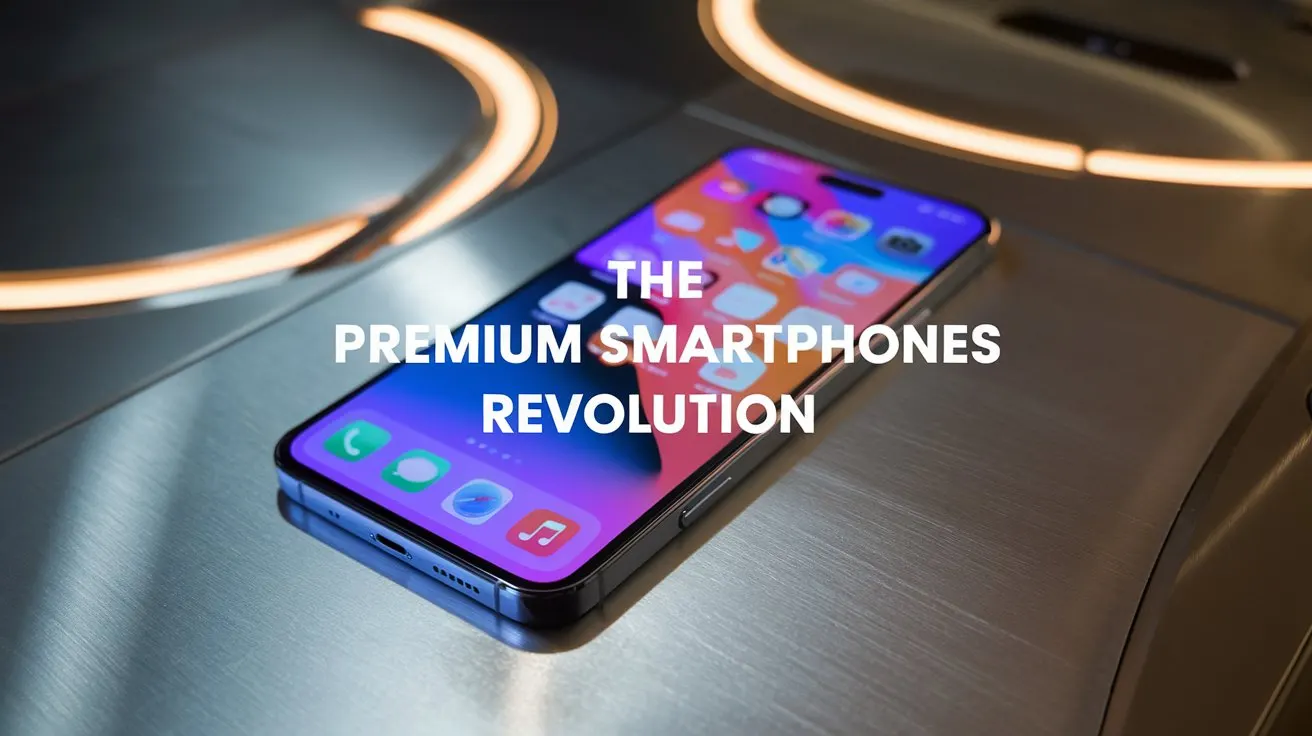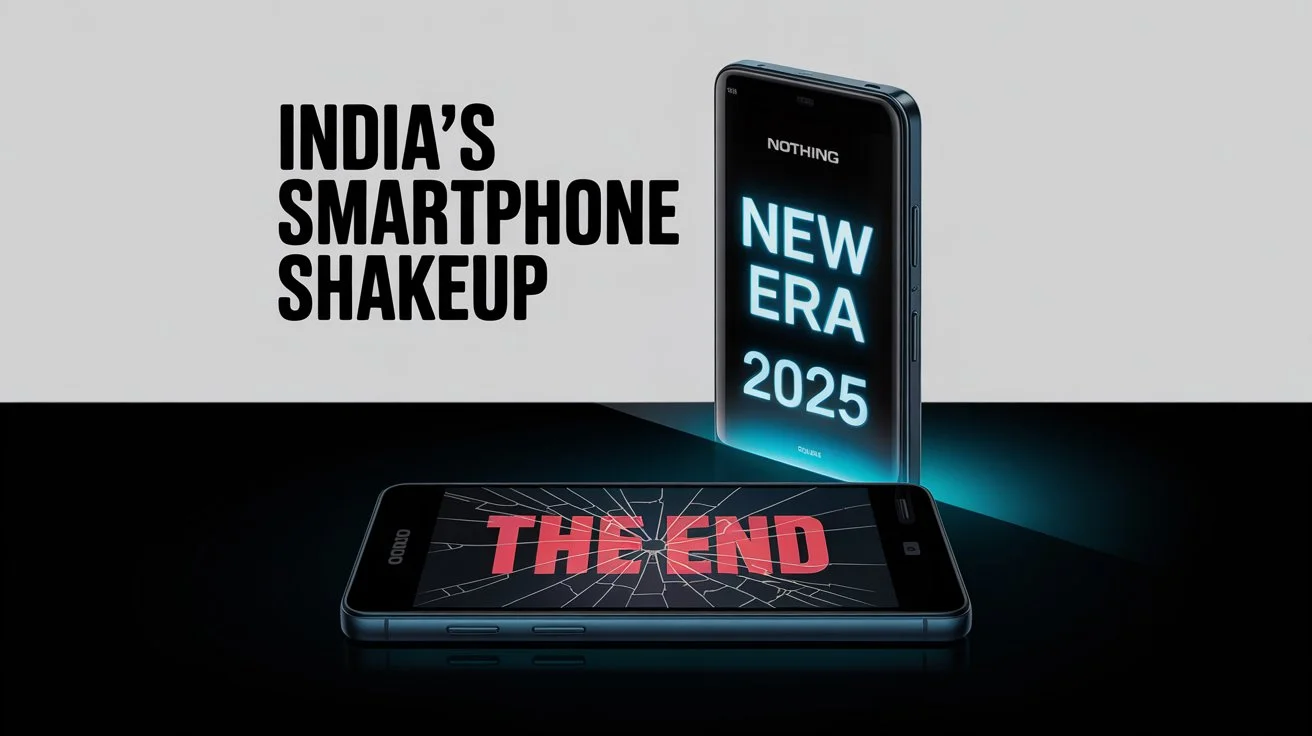The Indian smartphone market is witnessing a significant shift toward premium devices, with consumers increasingly opting for smartphones priced above ₹30,000. So here’s How EMI Schemes Driving Premium Smartphone Sales in IndiaFlagship devices from brands like Apple, Samsung, and OnePlus are becoming more accessible due to the widespread availability of Equated Monthly Installments (EMI). This financial model allows customers to purchase high-end phones without paying the full price upfront, making it a crucial factor in driving premium smartphone sales.
Table of Contents
The Impact of EMI on Premium Smartphone Sales
As of 2023, nearly 50% of premium smartphones in India are sold on EMI, a drastic rise from 18% in 2021. This trend is particularly visible in the sales of iPhones, where over 70% of units are bought on EMI. Apple’s iPhone has managed to secure a leading position in the Indian market thanks to this payment model.
Read this also: Unstoppable Premium Smartphones Revolution
According to industry experts, EMI schemes have made flagship devices more attainable for the average consumer. Without the financial burden of a lump-sum payment, customers can now enjoy the latest technologies while spreading the cost over several months or even years. This affordability has played a pivotal role in boosting the market share of premium brands.
How Brands are Capitalizing on EMI Trends
Apple, Samsung, and OnePlus have tailored their strategies to leverage EMI schemes and push premium products. Their focus on high-value customers has resulted in a surge in sales, particularly in metropolitan areas where consumers have higher disposable incomes and a strong appetite for cutting-edge technology.
Brands are offering interest-free EMI schemes and partnering with financial institutions like Bajaj Finserv, HDFC Bank, and others to make the deals even more appealing. Some retailers even offer zero down payment schemes, allowing customers to walk away with a new phone without paying anything upfront.
Furthermore, brands have realized that the EMI option increases customer loyalty. Consumers who buy on EMI often stick with the same brand for future purchases, reinforcing their attachment to high-end devices. Apple, in particular, has excelled at this strategy, creating an ecosystem where once a customer buys an iPhone, they are more likely to stay within the brand’s universe, purchasing other products like MacBooks, Apple Watches, and AirPods.
The Decline of Budget Phones and Rise of Premium
While budget phones were once the backbone of India’s smartphone market, the focus has shifted toward premium and mid-range models. Budget devices, though widely popular for years, offer low profit margins for manufacturers. As a result, brands like Xiaomi and Realme that initially thrived in the budget segment are now shifting their attention toward more expensive phones with better margins.
For instance, Xiaomi’s Redmi Note series, which started at ₹10,000, now retails for around ₹16,000 to ₹30,000. This shift reflects changing consumer preferences, as people are increasingly seeking advanced features, such as high-quality cameras, 5G connectivity, and enhanced display technology.
In fact, the market for phones priced between ₹20,000 and ₹30,000 has seen tremendous growth, while the under ₹10,000 segment is shrinking. Consumers are willing to spend more on better-performing phones, as these devices have longer refresh cycles (2-3 years) and offer more value over time.
Consumer Behavior and Changing Preferences
Indian consumers have become more tech-savvy and are making informed decisions when upgrading their smartphones. While earlier, many would replace their phones annually, the trend has shifted toward keeping devices longer. Most users now upgrade only when a significant innovation or feature is introduced, such as foldable phones or advanced cameras.
This change in behavior has forced smartphone brands to innovate constantly, especially in the premium segment. Features like wireless charging, periscope cameras, and foldable designs are reserved for flagship models to entice consumers to upgrade to higher-end devices. Consumers are also leaning toward refurbished premium phones, with platforms like Cashify seeing substantial growth in selling pre-owned iPhones and Samsung devices.
Future Trends in India’s Premium Smartphone Market
The future of India’s smartphone market points to continued growth in the premium segment. Emerging technologies like foldable phones, triple-fold designs, and AI-powered cameras will play a crucial role in defining the market landscape. Brands will likely continue to leverage EMI schemes to make these innovative devices accessible to a larger audience.
For example, Samsung’s Galaxy Fold series has been a pioneer in foldable smartphones, and other brands are following suit. As competition heats up, companies will also focus on making flagship innovations available in mid-range phones over time, providing consumers with more value at a lower price.
Moreover, 5G adoption will spur demand for premium devices as consumers look for phones that are compatible with the new technology. The convergence of EMI options and 5G-enabled phones could result in a major uptick in the sale of high-end devices across the country.
Comparing EMI with Other Financing Options
While EMI schemes are highly popular, other financing options like Buy Now, Pay Later (BNPL) and credit card installment plans are also gaining traction. BNPL is particularly appealing to younger consumers who may not have access to traditional credit. These financing models allow consumers to spread payments over shorter periods without needing a credit card, making them an attractive alternative to EMI.
However, EMI remains the dominant choice for purchasing premium smartphones due to its flexibility and longer repayment terms, sometimes extending up to 24 months. Many financial institutions also offer cashback and discounts when EMI is used with their cards, adding further incentive for consumers.
Expert Opinions on the Premium Smartphone Market
Industry experts believe that the premium smartphone segment will continue to expand as disposable incomes rise and consumer financing becomes more flexible. According to Tarun Pathak, research director at Counterpoint Research, “The availability of easy financing options like EMI and BNPL will accelerate the growth of premium devices in India.”
Some analysts predict that India’s premium market share could increase from 10% to nearly 20% in the next five years, driven by the continuous push from brands and the evolving preferences of Indian consumers.
Conclusion
In conclusion, EMI schemes have been instrumental in driving the sales of premium smartphones in India. Brands like Apple, Samsung, and OnePlus are using these flexible payment options to push consumers toward more expensive devices, while also benefiting from greater customer loyalty. As the Indian market continues to evolve, EMI and other financing models will remain central to the growth of the premium segment, with brands increasingly focusing on innovation and higher-end features to meet the demands of a tech-savvy population.





